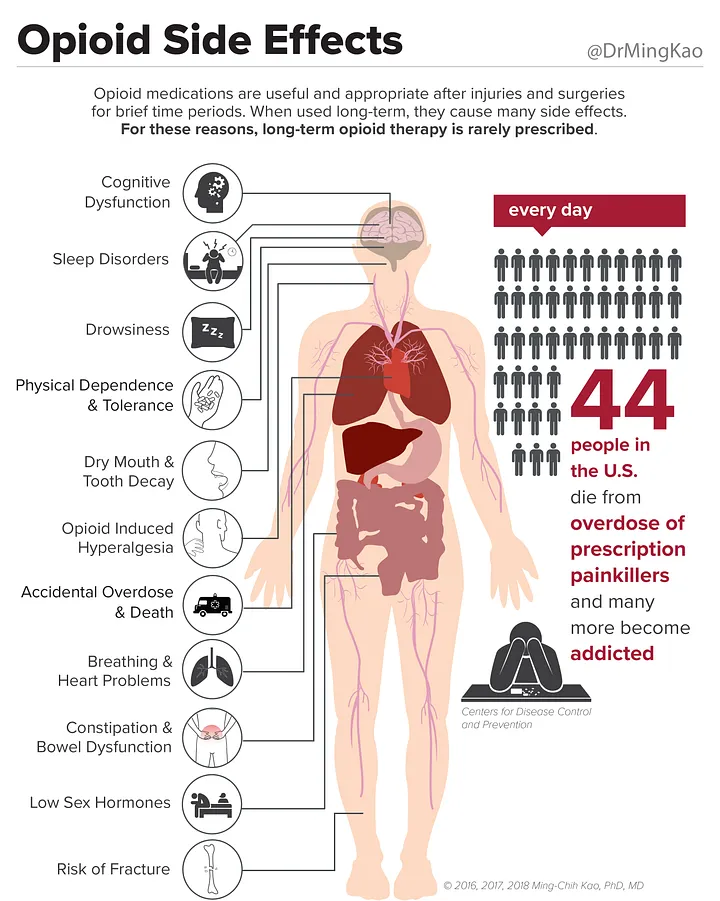Development, Validation and Use of Custom Software for the Analysis of Pain Trajectories
SOURCE: Sci Rep 2024 (Aug 12); 14 (1): 18719
| OPEN ACCESS |
M. R. van Ittersum • A. de Zoete • M. Rubinstein • Al-Madfai
A. Kongsted • P. McCarthy
Chiropractie Groesbeek,
Nijmeegsebaan 32, 6561 KG,
Groesbeek, The Netherlands.
In chronic musculoskeletal conditions, the prognosis tends to be more informative than the diagnosis for the future course of the disease. Many studies have identified clusters of patients who seemingly share similar pain trajectories. In a dataset of low back pain (LBP) patients, pain trajectories have been identified, and distinct trajectory types have been defined, making it possible to create pattern recognition software that can classify patients into respective pain trajectories reflecting their condition. It has been suggested that the classification of pain trajectories may create clinically meaningful subgroups of patients in an otherwise heterogeneous population of patients with LBP. A software tool was created that combined the ability to recognise the pain trajectory of patients with a system that could create subgroups of patients based on their characteristics. This tool is primarily meant for researchers to analyse trends in large heterogeneous datasets without large losses of data. Prospective analysis of pain trajectories is not directly helpful for clinicians. However, the tool might aid in the identification of patient characteristics which have predictive capabilities of the most likely trajectory a patient might experience in the future. This will help clinicians to tailor their advice and treatment for a specific patient.
Subject terms: Data mining, Chronic pain, Prognosis
From the FULL TEXT Article:
Introduction
In chronic musculoskeletal diseases, diagnosis alone is often insufficient to inform patients and clinicians about the future course of the disease. [1] Most chronic musculoskeletal diseases, such as low back pain (LBP), are caused by a complex combination of biological, psychological, social, and genetic factors that influence the course of the disease. [2] It is therefore argued that prognosis, which considers all of these elements, might be a better framework to inform patients and clinicians about the likely course of the disease. [1]
There are more articles like this @
Within many patient populations, suffering from chronic diseases such as chronic kidney disease or cancer, it might be possible to identify clusters of individuals who share similar pain trajectories. [3] LBP studies have found that pain trajectories do not vary greatly over time, making them interesting when creating a prognosis, as the patient is likely to continue on the same trajectory they have experienced in the past. [4]
LBP is a common and heterogeneous condition that is currently considered to be a combination of many biological, psychological, social, lifestyle, comorbidities, and pain processing mechanisms. [2] Due to this complex combination of potential contributing factors, it is impossible to diagnose the exact cause of pain in 95% of LBP cases. This creates challenges for researchers in studying LBP because it is impossible to create subgroups based on a diagnosis within an often large heterogeneous group of patients. It also creates challenges for clinicians because most treatment efficacy studies do not provide definitive answers due to the large heterogeneity of patient cohorts among studies. [5, 6] The most commonly used method to create different groups of LBP patients is separation by symptom duration into acute and chronic patients, which appears too simplistic for such a complex condition. [7]
Pain trajectories have been studied extensively in LBP because trajectories might provide an alternative way to create meaningful subgroups of patients. [7–15] Currently, a detailed study of patient trajectories requires a large number of patients to be tracked regularly to create a homogeneous dataset. This is expensive in terms of time, resources and finance. Analytical approaches to datasets compiled from individual patient data (IPD) extracted from randomised controlled trials (RCTs) are limited by the data loss during analysis caused by the heterogeneity of the methodologies used in each RCT. This paper details our software approach to allow greater statistical exploration of such heterogeneous datasets.
This paper describes how a novel tool called Trajectory Analysis and Mining Software (TAMS) [16] can be used to study pain trajectories in detail. TAMS has three main capabilities:
Recognising pain trajectory patterns of individual patients;
Creating subgroups of patients to identify parameters that might have predictive
capabilities with regard to specific pain trajectories andCalculating and collecting data on the most prevalent pain trajectory within LBP,
the episodic pain trajectory.
Using TAMS will hopefully lead to a greater understanding of pain trajectories in general
and increased knowledge of pain trajectories within the field of LBP research.






Leave A Comment